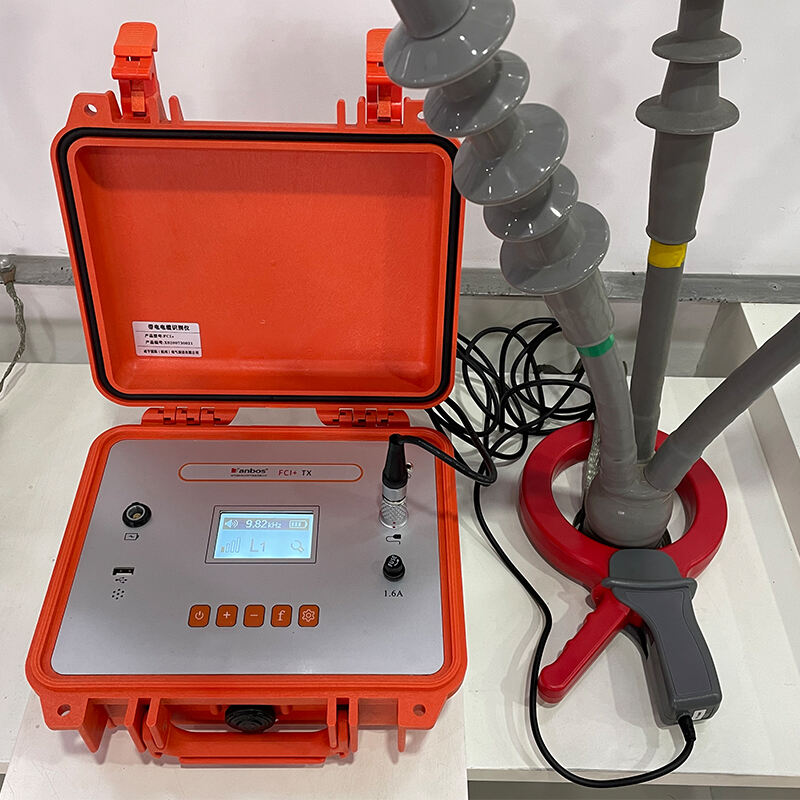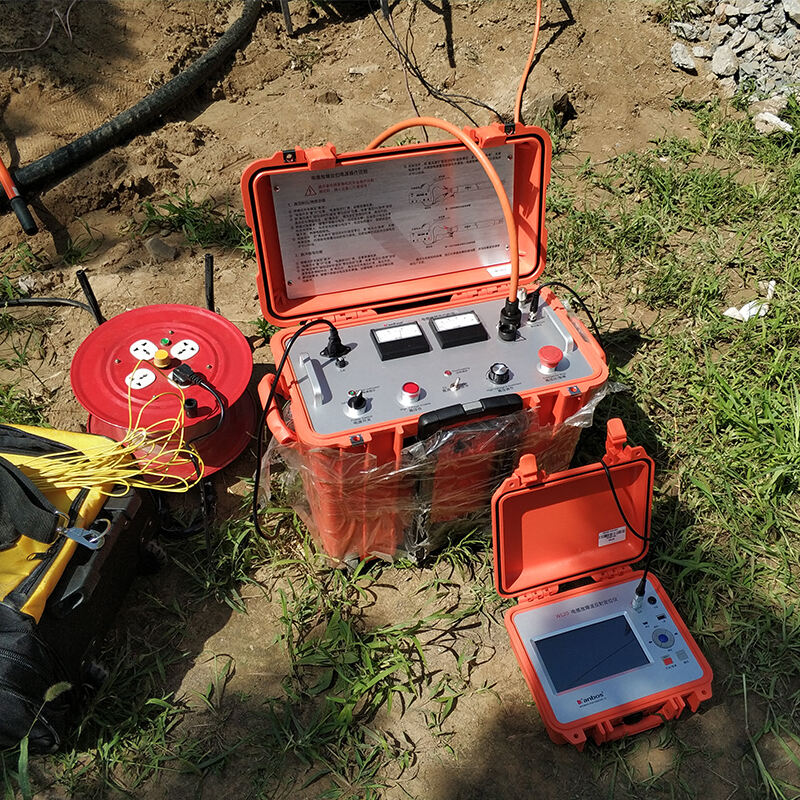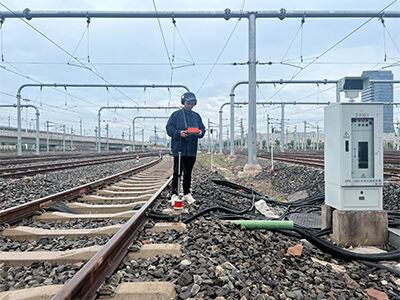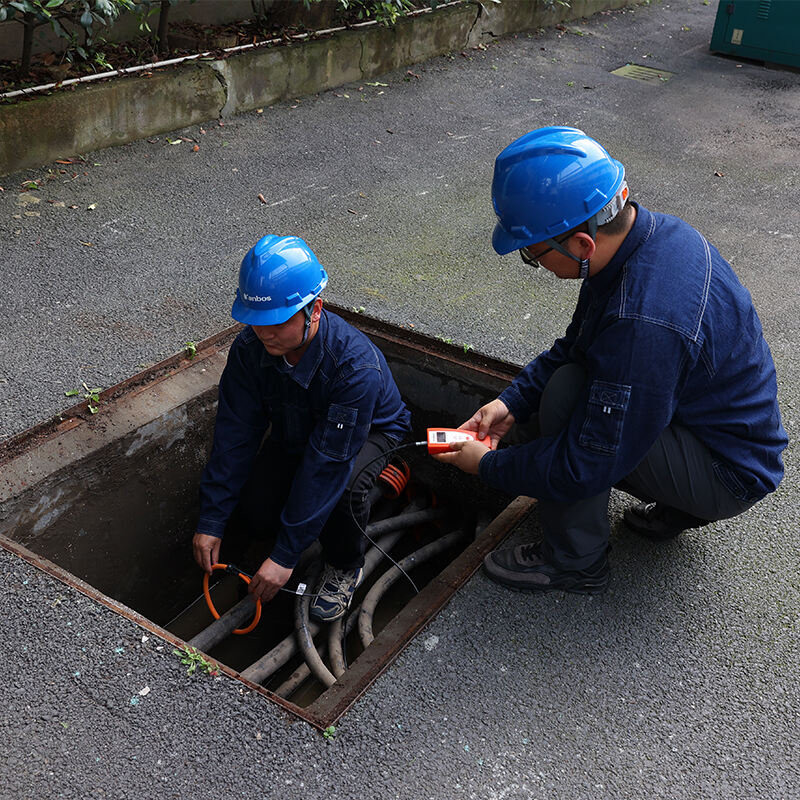Cables are hard to diagnose, and it often takes a long time which can affect operational efficiency. Many factors can make a cable go bad, ranging from old age and regular wear and tear to poor weather conditions (like rain or snow). Working on these issues can be very annoying, especially when you have to finish a job in the shortest time. Finding these issues fast might land you back on business track quickly, but there are a few easy and convenient ways that empower you to find these problems soonest way, waste less time as possible just doing it. So, here are some simple tips that can make your job easier.
3 Easy Cable Fault How to find
Another tool to find cable problems is a cable tracer (or toner). This is handy as you can use this tool to make quickly locate and track where the cables are running. It is a simple one — you insert the toner into one end of the cable that you are trying to identify. Then you can use the detector to ride on toner's signal track, which leads you to where the problem is. The method is relatively easy but can quickly help you to find the problem, and that takes a long time.
A continuity tester is another useful tool to check cables. The Cable Fault Location design of this tool is to detect whether electricity can pass from one cable point to another. It is very helpful in locating a break or fault in the cable if this it causing issues. All you have to do is hook the tester up to one end of the cable, connect your cables, and check if there is a break in the electrical connection or not. If the tester indicates that no juice is running, then you have just found your problem. This is great for locating basic cable issues, so this will definitely help you if you regularly operate cables.
How to Find Problems Quickly?
There are times when you have to trouble shoot cable problems in a hurry, especially if working with a large network ionic bond forces. Having so many ways to pinpoint problem is actually very useful. To help with this, a TDR (time-domain reflectometer) is an excellent tool. This Cable Testing sends a signal all the way down the cable and observes any errors that might be there. When the speed of rebounding at which the signal returns is checked then you can know where exactly the problem lies. It is very correct way and time saving also in case of working on complex network.

Detecting Elusive Wiring Issues
This has allowed inherent problems to be developed just right (poor connections or damage on the cable outside cover). This is the point where you consider employing various other techniques to determine the problem. This can be done in a number of ways, but one practical check is to see if you can visibly spot any signs of the cable being compromised. If your eyes are strained, you might miss some tiny defects that a magnifying glass can help you see.
An insulation tester could also be used, this is another cool tool of the trade. It sends the high voltage signal down through that cable — this method checks for an issue with the insulation or sheath of a cable. If the insulation is faulted, it will indicated by the tester This will allow you to uncover problems that otherwise might not be apparent at first.

Tips to Make Your Work Easier
Various good techniques that help lessen your work in time to find cable faults. There is however a key point to remember, which is the importance of having your tools organized and within reach. It will save you time and make your job site work so much easier. One more useful tips here are a diagnostic checklist. This checklist can be able to orient you and assist you in detecting the problems that fall under average diagnoses of cable issues.
This will be more beneficial to the productivity of your work even standard cable testers and toners can be used. Elements of their popular, readily available tools. Make sure work faster and don't get bogged down by having to learn new machinery. It can have a huge impact, especially while tackling problems at momentum.
So basically, it is really tricky to know the faulty cables and may take a lot of time if you do not have these methods. However, with these quick tips and tricks, you work faster a lot less painful. Now, if you were able to work these in to your regular reps and keep a little more tabbed on your tools or resources this can set you apart from just an average cable tech by using Cable Identification by Tanbos. That is fantastic news for your business, and for all who have any reliance on good working cables.

 EN
EN
 AR
AR HR
HR CS
CS NL
NL FR
FR DE
DE EL
EL HI
HI IT
IT JA
JA KO
KO NO
NO PL
PL PT
PT RO
RO RU
RU ES
ES SV
SV TL
TL IW
IW ID
ID SR
SR SK
SK UK
UK VI
VI ET
ET HU
HU TH
TH TR
TR FA
FA MS
MS GA
GA HY
HY AZ
AZ UR
UR BN
BN LA
LA MN
MN KK
KK

